ARTICLE
The internal and external dynamics of EU energy relations
In this dossier dedicated to energy in Europe, the Clingendael International Energy Programme (CIEP)[1] offers insights into the evolving political relations in oil, natural gas and the transition towards a cleaner energy mix. This introduction provides a critical overview of the overarching factors that shape Europe’s energy relations.
Our first reflection is that European energy policy-making has often been a reaction to single events, such as the 1973 oil crisis, the 2006 and 2009 Ukraine gas crises, and the 2011 Fukushima nuclear incident.
Although these kinds of shocks can alter the course of energy policy-making, we also observe that energy policy-making is very much shaped by legacies. In other words, the way in which new forms of trade or new energy mixes come about is shaped by path dependencies. Two broad types of path dependency that are analysed here are national endowments (both in terms of natural resources and industrial assets) and long-standing political-economic relations (namely with external energy suppliers).
The finding that national endowments and political-economic relations shape energy interests leads to the observation that different European countries have very different energy priorities. Despite the progress in EU energy policy-making in recent years, different national interests guide policy choices at the Member State level, and also tend to determine a focus on gas relations rather than oil at the level of the EU – as we will explain.
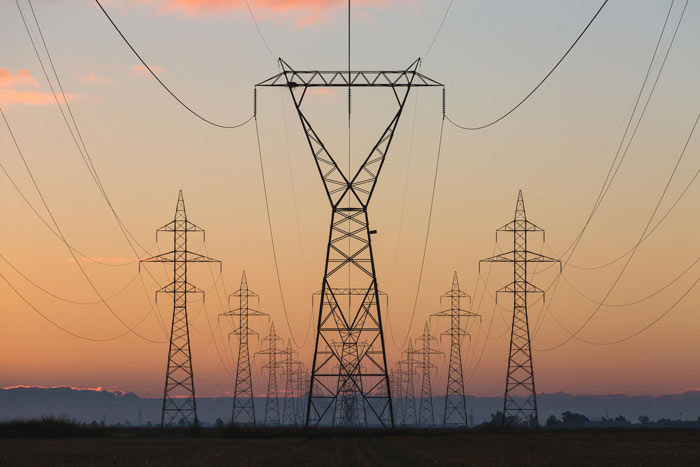
© Matt Wiebe / Flickr
In most Member States, the share of electricity demand is presently about 20 percent of final energy consumption.
In three articles, on the impact of climate change policy on energy flows in the EU, on gas trade relations, and on oil trade relations, CIEP illustrates the room to improve coherence of EU and Member State energy policy-making, both from an energy perspective and from the broader perspective of international relations. In the fourth article, we underline the importance of energy trade to the Netherlands.
Another overarching factor that is increasingly shaping the EU’s energy relations is climate policy. The transition towards a cleaner energy mix poses fresh challenges in terms of energy system adaptation, and national-oriented approaches often disregard the impact they can have on neighbouring countries. Therefore, apart from looking at the EU’s external energy relations, we devote attention to changing internal relations between EU countries. Finally, we notice that climate policies are not only relevant for the international dimensions of renewable energy – as is commonly understood. As we stress throughout this dossier, climate policies are also set to become one of the most important factors shaping international oil and gas relations.
This brings us to the final theme, i.e. the importance of considering energy in the broader picture of political and economic relations. Our energy choices have the potential to impact social, economic and political realities in neighbouring countries, particularly in the Former Soviet Union (FSU) and Middle East and North Africa (MENA) regions. Transformations in these regions are in turn likely to have important repercussions on Europe. Therefore, taking into account the impact that our energy choices have on neighbouring countries is strategic.
Event-driven energy relations
Energy trade relations of the EU and its Member States have always been dynamic, responding to developments in the international economy, international energy markets, and geopolitics. In the recent past, several events have structured the external energy trade relations, such as the oil crises of the 1970s, conflicts in the Middle East and the gas crises in the 2000s between Russia and Ukraine.
The oil crisis of 1973 led to a flurry of new initiatives as far as energy relations are concerned – at the global level, at the level of the EU (then comprising of only nine Member States) and at the national level. In November 1973, the International Energy Agency (IEA) was founded under the aegis of the OECD in Paris with substantial powers in case of an oil market disruption. France disagreed with the American-led response to the oil crisis, but shadowed the strategic oil policies of the IEA through similar EU policies. Nevertheless, the fact that Member States signed the International Energy Programme (IEP) Agreement of the IEA first, before implementing a common policy, gave precedence to the IEA in oil over EU policies.
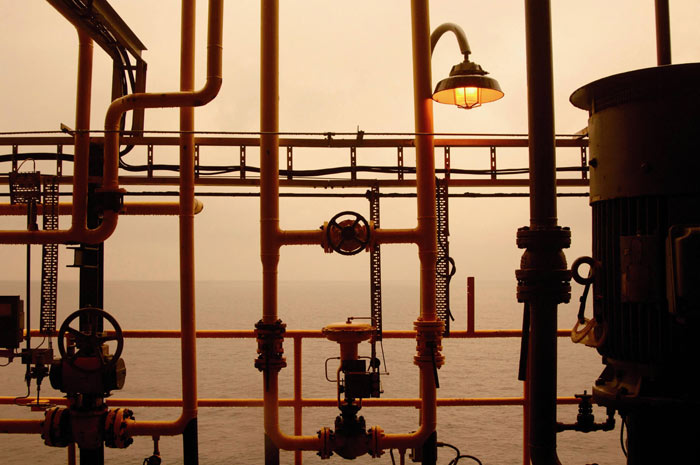
© Repsol / Flickr
Oil platform near Casablanca. Oil products are important for transportation and industrial demand throughout the EU.
A month after the IEA was founded – in December 1973 – the EU agreed to a common energy policy. Due to the many national powers over energy policy-making and the preference to determine the policy nationally, it took a very long time before that policy had developed some teeth – with the result that in energy mix matters the Member States are competent, in other energy policy matters the competency is shared with the EU, and in climate change matters the EU is competent. While it is up to the EU to negotiate on behalf of the Member States in the United Nations Framework Convention on Climate Change (UNFCCC), it is up to Member States to join the International Renewable Energy Agency (IRENA). Coherence in terms of governance of energy and climate change policy is absent.
Legacies
National oriented policies
National priorities are traditionally shaped by the available domestic resources, in the case of Europe notably coal and natural gas. States without significant fossil reserves have opted for the development of a strong nuclear power sector. The priorities of energy policy, namely affordable, clean and secure energy, have led to a mixture of different energy technology combinations and import dependencies, which vary per demand function. In general, coal, natural gas, nuclear, and increasingly also wind and solar, have been the main fuels in the power sector, while oil has been gradually phased out from this sector.
Oil products are important for transportation (air, rail, and road) and industrial demand (also feedstock) throughout the EU. They are also widely used in residential heating in some Member States. Natural gas is used in the power sector of the EU, but also for residential heating and industry (both for high temperature heating and as a feedstock).[2] Coal is an essential source of residential and industrial heating in some Member States, while in others electric heating is also important. Moreover, the level and dispersion of industrial activities in the Member States and the availability of energy networks also impact the possible fuel choices. All in all, the EU Member States all have their own energy mixes, energy network and storage specificities which determine their internal EU and external energy relations.
Liberalisation
Legacy is also visible in the different degrees of advancement of market liberalisation across Europe, a process that gained traction with an increasing dominance of neoclassical economic thinking and neoliberal politics in past decades. As a generalisation, we can safely say that Eastern Europe is more reluctant and slow in implementing the reforms promoted by Brussels to break up incumbents and unbundle production and transmission of energy. On the other hand, countries with a long-standing tradition of trading and a developed financial system have been the fastest to adapt and are now price setters for the whole of the EU, notably in natural gas markets.
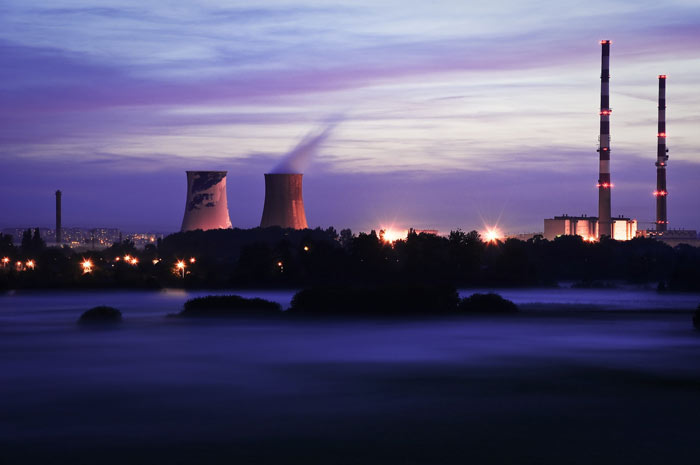
© Piviso / Flickr
Power plant in Kraków, Poland. EU Enlargement with Eastern European countries in 2004 strongly impacted the EU’s energy relations with suppliers.
The liberalisation of the electricity and natural gas markets has indeed been a major attempt to break with legacies and has had an important impact on both internal gas flows in the EU, and on relations with non-EU gas exporting countries. However, long-term contracts still cover the bulk of supplies to Europe – with some legacy contracts running well into the 2030s.
Enlargement
Another major influence on the development of external relations were the successive enlargements of the EU. The enlargement to Eastern European countries in 2004 was the most significant for current energy relations. Opening up the EU to countries whose energy infrastructure had been thought of as part of Soviet infrastructure and whose industrial endowment reflected industrial policy choices taken in the Soviet era had a bearing on the whole block’s energy policy-making. As a result of legacies from Soviet times, some countries that are now Member States of the EU are disproportionately dependent on Russia as an energy supplier.
The higher degree of dependency on Russia can translate into opposite postures, but in any case, these postures are quite different from the pragmatism displayed by large Western European countries in their dealings with Russia on the energy dossier. While a number of Eastern European Member States translate their perception of overreliance on Russian energy into overt hostility – lobbying at the EU level to break away from Russia – others translate it into strict political alignment. The import dependence of Eastern Member States on oil and gas supplies from Russia is playing a major role in the external energy policy posture of the EU. Particularly the gas relation has become highly politicised, mainly because of the problematic relationship between Ukraine and Russia.
The main export trunk line for natural gas runs through Ukraine, and two gas crises in the 2000s temporarily cut off the EU from its main gas supplier. The ongoing political instability in Ukraine continues to pose a serious security of supply risk for the EU, and a security of demand risk for Russia, resulting in high-risk political interference in the country by both the EU and Russia. Russia’s security of demand priority is bypassing Ukraine by building Nord Stream 2 and Turk Stream. However, Central-Eastern EU Member States oppose these plans – which are on the other hand supported by a number of EU companies and Member States such as Germany – because they would lose transit fees and leverage vis-à-vis Moscow.
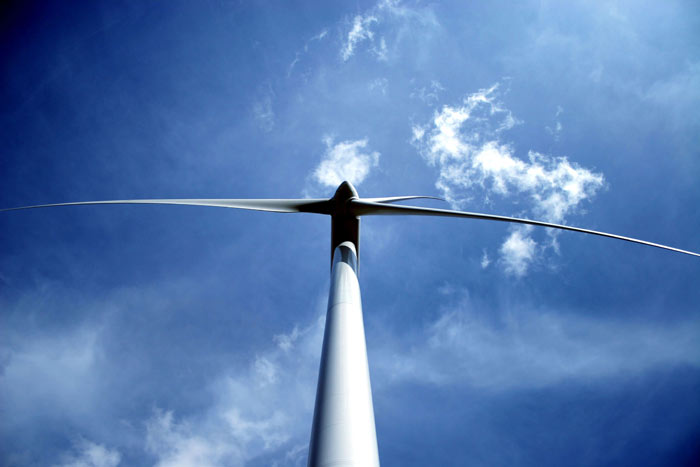
© Davin Andrie / Flickr
Wind and solar produce electricity when there is wind or sun. Their production does not necessarily coincide with demand for electricity.
Energy and climate change policies
The last major development that now also shapes EU energy relations is the climate and energy policy towards 2050, requiring a deep decarbonisation of the EU-economy. While the electricity sector is cleaned up by the increasing use of low-carbon energy technologies such as solar and wind technology, other parts of the EU energy economy need to decarbonize too. In other words, in addition to clean electrons, the EU economy also needs clean molecules to deeply decarbonise electricity demand and storage, residential heating, industry and mobility. This is important in order to achieve integrated energy sector transition, also known as ‘Sektorkopplung’ (sector coupling).
In Germany, the rise in wind and solar capacity went hand in hand with the reduction of low carbon nuclear energy
Building a completely new energy production park and accompanying infrastructure will take time and the current energy intensity dimensions of electricity transmission compared to gas and oil are often misunderstood. [3] In most Member States, the share of electricity demand is presently about 20 percent of final energy consumption. Increasing the share of electricity demand by electrifying residential heating and mobility will require adjustments to the electricity systems, such as smart grids, storage, and more transmission and distribution capacity, but also calls for managing the timing of the demand to coincide with increased supply of low carbon electricity. The latter is important to stay on a path of declining CO2 emissions to reach the goal of 80 percent less emissions compared to 1990, the main purpose of the energy system transition.
In the past few years, the emphasis in Member States has been to increase the production of renewable electricity to comply with the EU’s 20-20-20 policy. However, in Germany, the rise in wind and solar capacity went hand in hand with the reduction of low carbon nuclear energy, largely muting for now the expected positive impact on CO2 emission reductions of the power sector. Wind and solar produce electricity when there is wind or sun. Their production does not necessarily coincide with demand for electricity, forcing traditional power producers to manage the difference. Due to the interconnected EU power market, the increasing production of new ‘variable’ energy technologies such as solar and wind is also felt across national borders.
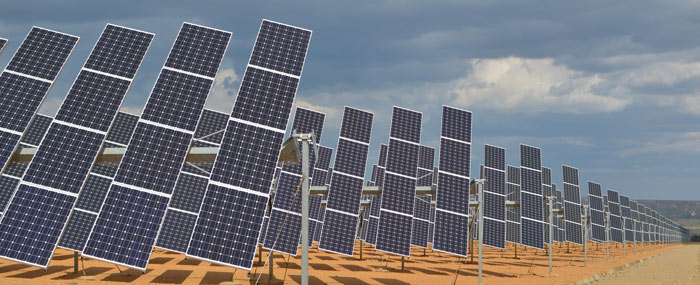
© James Moran / Flickr
Solar panels in Spain. The increasing production of new ‘variable’ energy technologies such as solar and wind is also felt across national borders.
These new energy technologies will also change the energy relations within the EU, which is the subject of the article on energy transition and internal energy relations. With more wind and solar in the EU energy system, the urgency of building new energy conversion capabilities (chemical storage in batteries or conversion to storable molecules such as hydrogen) increases because the ability to push the electrons across the border into the market of a neighbouring country declines with the buildup of similar solar and wind capacities.
Remarkably, the language in many EU Member States does not reflect the existence of a common market, when structural imports of power from a neighbouring Member State are seen as problematic, while exporting to these same neighbours, sometimes at negative prices, is seen as a necessary and easy outlet for balancing their own system. The impact of particular national choices with regard to renewable energy on neighbouring Member States is very large, and can seriously reduce the solution space for that neighbouring country to engage in its own integrated energy system transition.
The uncertainty about demand developments in the EU already impacts investment decisions in energy supplying countries
So far, the energy transition policies have stimulated national policy approaches, which, due to the difference in approach and speed, impacted on the business models of companies in neighbouring countries and the solution space of governments in their energy and climate change policies. We also see that the liberalisation of the EU electricity and natural gas markets makes it somewhat complicated to combine with the more interventionist approaches to energy system transition.
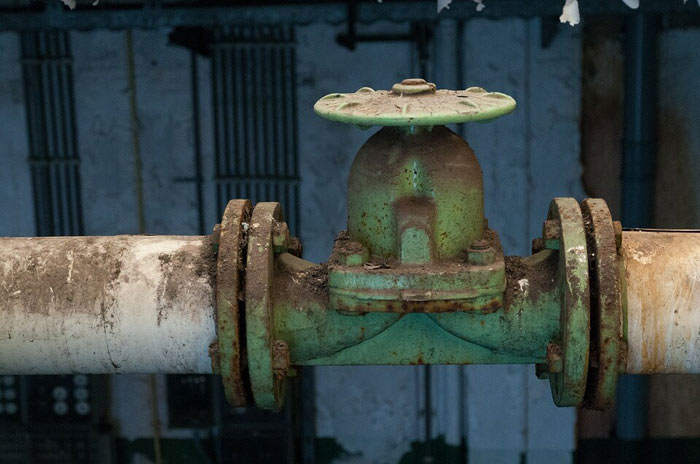
© Pixabay
External EU suppliers that have invested heavily in supplying the EU market through investments in pipelines might be economically weakened.
Future impact on external suppliers of the EU
The impact of EU energy and climate change policies is potentially also very large on the external suppliers of the EU. Moreover, with weaker drivers for EU energy demand growth due to energy efficiencies, modest economic growth and an ageing population, the prospect of growth in demand for fossil fuels is projected to be sluggish. The introduction of new energy technologies, drive trains for road transport and low carbon fuels will change the longer-term outlook for the flow of imported natural gas and oil and as a result, the energy relations with the main EU suppliers, forcing them to either expand their client base elsewhere and/or develop new monetisation models for their resources.
Particularly external EU suppliers that have invested heavily in supplying the EU market through investments in pipelines might be economically weakened when it is difficult for them to develop new markets or new monetisation models. The uncertainty about demand developments in the EU already impacts investment decisions in energy supplying countries. The difficulty with investments in conventional oil and gas developments is that the lifetime of the projects lies outside the demand projections for the fuels that they produce and transport.
Conclusion
The EU and its individual Member States have complex relations with their external suppliers. Moreover, climate policies seem to reverse some of the successes of the liberalisation of the EU energy market. The belief in the speed of energy transition and the role of oil and gas in the future EU energy economy is either not very well understood, due to the dominant emphasis on decarbonising electricity production, or ignored due to the complicated political relations with some of the suppliers of the EU.
The traditional multilateral approach to oil and, to some extent, gas relations may change as well due to the altered position of the US as an important producer and consumer. A long period of shared transatlantic international energy interests may come to an end. Without the multilateral support, the EU is no longer in the lead in international energy diplomacy, which explains the Union’s diminished engagement and which may require reliance on other countries to keep the international energy market open.



